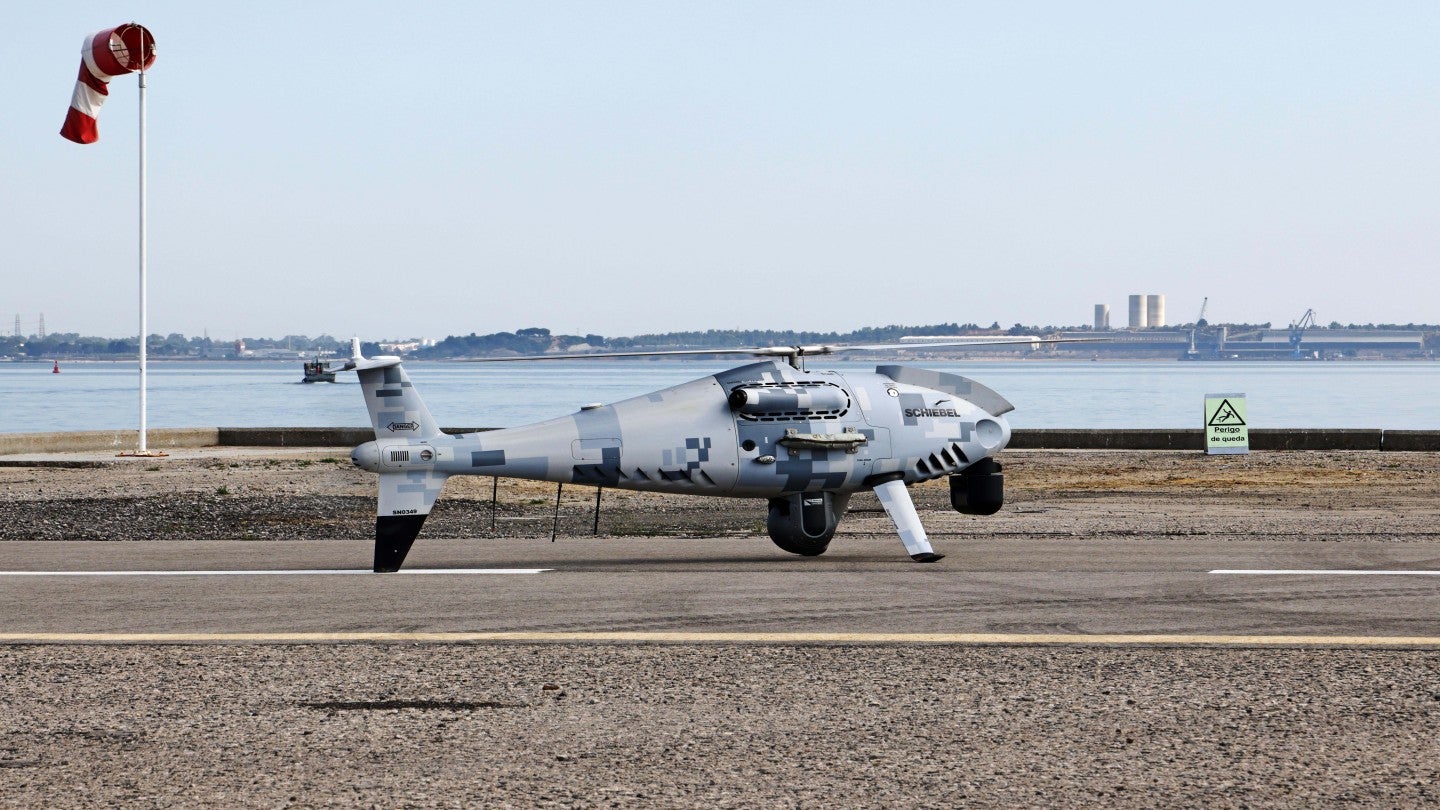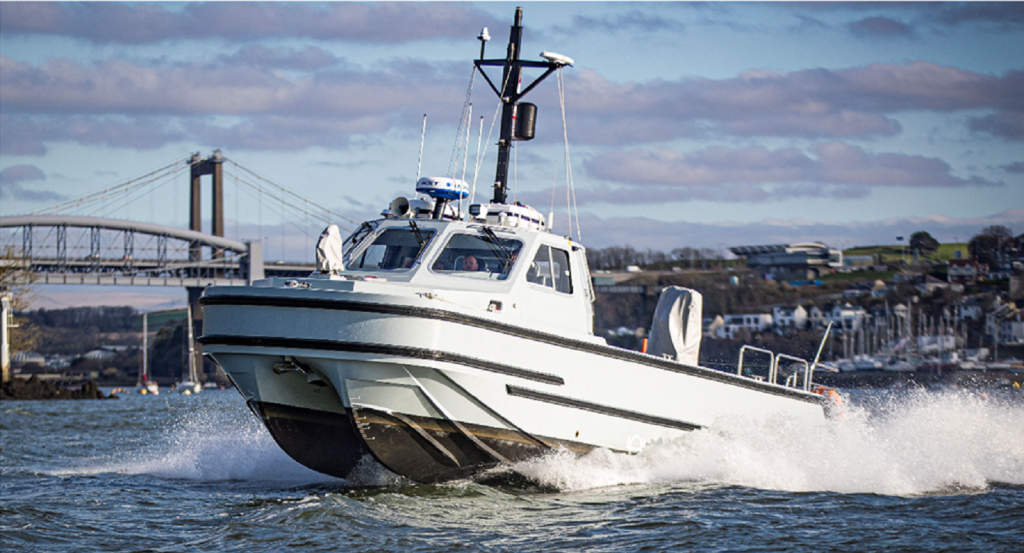
The Royal Navy has announced that it will deploy a new uncrewed aerial technology that will serve as an ‘eye in the sky’ and help identify and track threats.
Under an approximately £20m contract awarded by Defence Equipment & Support, surveillance sensors from Thales will be equipped with an S-100 uncrewed air system delivered by Schiebel.
These sensors fitted to the flexible and tactical uncrewed aerial technology will feed images in real-time and radar data to the ship’s combat management system, thereby enabling the command team to have situational awareness and take operational decisions quickly.
This uncrewed air system will be known as Peregrine, which alongside the Royal Navy’s Wildcat patrol helicopters, will allow surveillance of targets over Gulf waters round-the-clock.
Furthermore, the uncrewed air system will be available for a range of operational missions to support allies and partners in the region.
Suitable for launch in challenging conditions, day and night, the uncrewed air system can be deployed to protect warships serving on the front line from next year for better intelligence, surveillance and reconnaissance gathering.
How well do you really know your competitors?
Access the most comprehensive Company Profiles on the market, powered by GlobalData. Save hours of research. Gain competitive edge.

Thank you!
Your download email will arrive shortly
Not ready to buy yet? Download a free sample
We are confident about the unique quality of our Company Profiles. However, we want you to make the most beneficial decision for your business, so we offer a free sample that you can download by submitting the below form
By GlobalDataRoyal Navy director and development rear admiral James Parkin said: “I am delighted that we are at the stage where this excellent capability is about to be introduced into the front line.
“As a system both deployed onto and integrated into warships and auxiliaries operating in congested and complex areas of the world, the Peregrine aircraft offers what the Royal Navy needs in order to respond to the wide variety of threats that we are facing today.
“Today is also a key milestone in the Fleet Air Arm’s evolution to a mixed crewed and uncrewed fighting arm of the Fleet, and we anticipate learning many lessons as such technologies continue to develop and offer new opportunities for the current and future Navy.”
Defence Equipment & Support CEO Andy Start said: “The DE&S RPAS team have delivered a contract which will see the rapid development and deployment of a key Remotely Piloted Air System capability for the Royal Navy.
“Due to the collaborative approach we have taken with industry, the Navy shall be receiving a mature air system which is able to detect threats at a range, protecting British interests in the Gulf.”
Peregrine air system will be the first uncrewed rotary wing aircraft to operate alongside a Wildcat helicopter.
It will be deployed into an operational theatre from the middle of next year, initially for two years, with an option for an extension.
The operational lessons will provide experience and an understanding to the Royal Navy on using uncrewed systems before further decisions and investments via the Future Maritime Aviation Force programme.
With a quick launch ability and superior mission endurance of many hours, S-100 will be equipped with the Thales I-Master radar, which will detect, and track targets using its technology.






